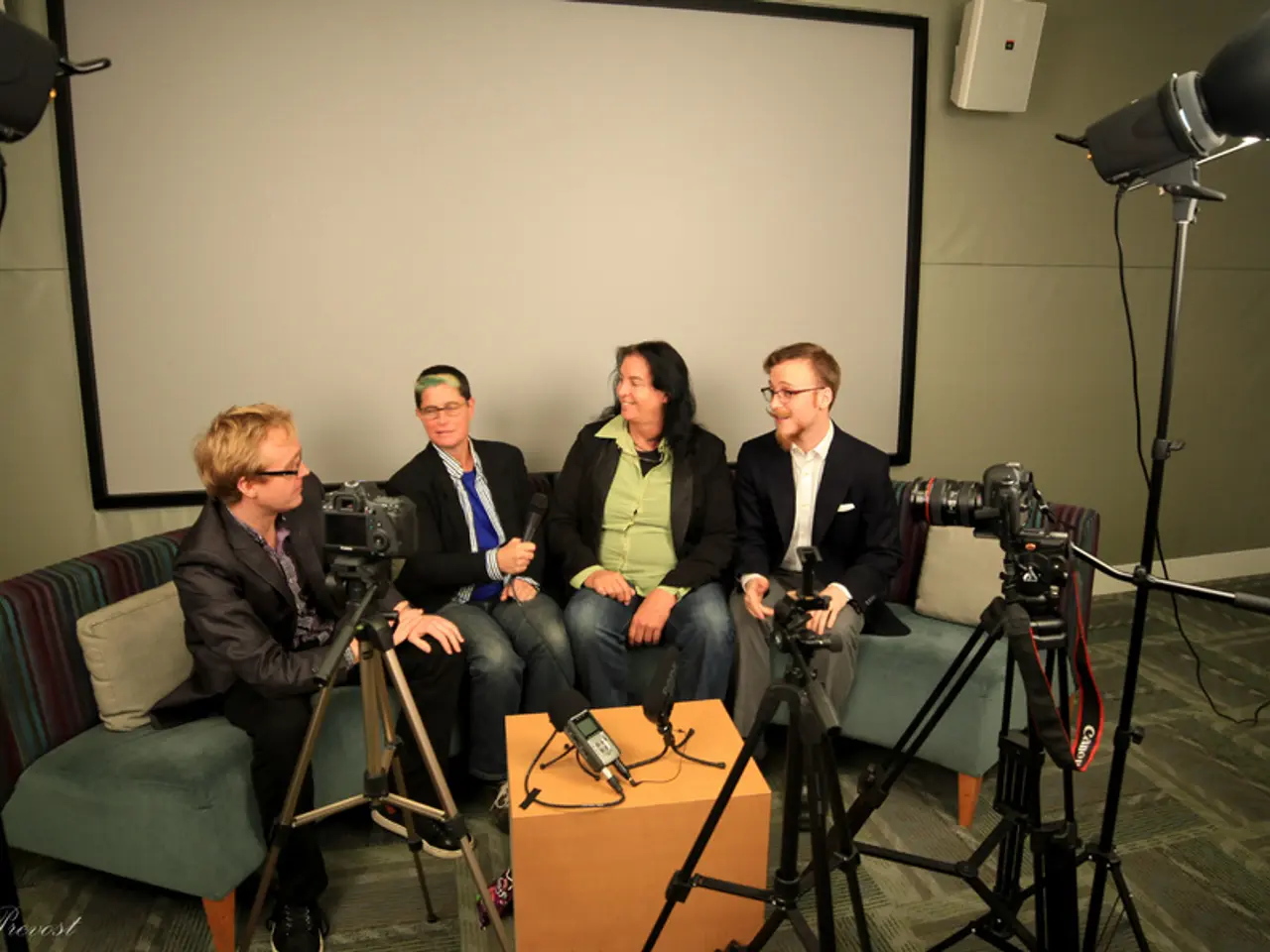Preparing for a User Interview: Essential Tips for Asking Relevant Questions
Preparing for Effective User Interviews: A Comprehensive Guide
User interviews are a valuable tool for gathering insights about your target audience. Here's a step-by-step guide on how to prepare for user interviews effectively.
Step 1: Determine the Number of Participants
When deciding on the number of participants for your interview project, aim for a diverse group of 5 to 7 individuals who represent various segments of your target user group. This size allows for meaningful, manageable insights without redundancy.
Step 2: Recruit Participants
Recruiting participants involves screening for relevant traits and behaviors aligned with your research goals. Utilize outreach methods such as social media or customer databases, and offer incentives to encourage participation.
Step 3: Design an Effective Interview Guide
Begin by clearly defining your research objectives. Create a list of open-ended questions that invite detailed stories rather than simple opinions. The guide should be semi-structured, allowing flexibility to probe interesting responses deeper while maintaining the interview’s flow. Include an introduction that explains the interview’s purpose, reassures confidentiality, and sets a respectful, open tone encouraging honest feedback. Pilot test the guide on a small group before full deployment to refine questions and approach.
Step 4: Prepare for the Interview Environment
Ensure the interview environment is safe, respectful, and non-judgmental. Building rapport with small talk can help create a comfortable atmosphere. Use a calm, neutral tone and active listening to make participants feel heard and safe. Allow silence to encourage deeper reflection, and be open to follow-up questions based on participants’ answers to uncover unanticipated insights.
Step 5: Post-Interview Analysis
After the interviews, analyze responses to identify patterns and themes for actionable user insights that inform your design decisions.
In the words of Sylvia Earle, "The best scientists and explorers have attributes of kids, asking questions and having a sense of wonder and curiosity." By following these steps, you can ensure your user interviews yield rich, honest, and useful insights for your product or design.
Remember, questions should be relatively brief, easy to understand, and spoken in a vocabulary familiar to the participant. The interview guide is a document that outlines the questions to be asked in the order expected, serving as a script for the interview. Involve stakeholders in the design project when defining the purpose of the research, and be prepared to change the order of questions to suit the flow of the conversation.
When asking questions, consider using concrete "how" and "what" questions before asking abstract "why" questions. Instead of asking participants directly how video streaming fits into their everyday lives, it's better to ask about specific instances like "Can you tell me about the last time you used video streaming?" or "How have your movie/TV-watching habits changed since you started using video streaming services?" Deducing what interviewees are doing in concrete situations can help find answers to "why" questions.
The critical incidents technique can be used to help people recollect past experiences. When designing an interview guide, consider what questions are most suited for the beginning, middle, and end of interviews. However, be prepared to change the order to suit the flow of the conversation.
The purpose of a user interview is to find out why research is being conducted and what specific information is being sought. In a semi-structured interview, the interviewer has a carefully laid plan and is responsible for the overall structure of the conversation, while also allowing for a natural flow. Asking for concrete examples can help people recollect past experiences. The interview guide can be tested before the interviews to determine if it will deliver the promised insights.
- Effective interaction design and UX design can benefit greatly from user research, as it helps to gather valuable insights about the target audience's needs and preferences during the user interview stage.
- Learning from education-and-self-development resources about user research techniques and effective interview strategies can equip designers with the necessary skills to make user interviews more informative and productive, ultimately leading to a better user experience.




